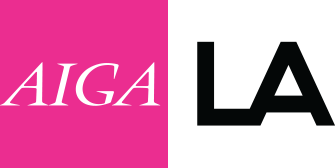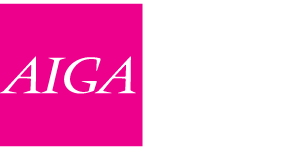Michael Stinson is the co-founder of both Ramp Creative and TypeEd. After running Ramp Creative for ten years, Michael observed that typography was no longer being taught at the college level in the way he learned it (when type was sent out for galleys). He started TypeEd to help bridge the gap in typography education between the end of school and going into the professional world.
What do you enjoy about designing wordmarks?
I like wordmarks because they are a challenge. Because you’re saying the name of the company, and the way you say it, needs to come across visually. It takes quite a bit of touch. The approach requires a lot of research and planning.
Some considerations are: how large or small will it be used across applications? Character spacing, weight of the characters, negative space, how visuals intertwine with the characters if they are connected, and other letterform issues. Whether the word is on a curved, slanted or straight baseline, the length of the word, symmetry, number of characters, repeated characters (like two Os in Bloomingdale’s), looking at the ascenders and descenders.
What is involved in determining wordmark design?
There’s lots of little decisions a designer has to make based on how the wordmark will be seen, how large, or small. For example, FedEx’s mark is confident, bold, in a sans serif typeface, and it needs to be seen down the street, on the trucks and on planes. And Cartier, is much more intimate, thin, elegant, in a script typeface, and there’s more adjectives that will convey the brand’s personality. But then again, it has to be heavy enough to be engraved on a watch, so there’s a delicate balance of how heavy those strokes need to be.
The final application for the product influences the final wordmark solution. And letterforms should all take into play the concept of the personality.
What will students learn at a logotype workshop?
They will learn that often times, a wordmark is more challenging to create than a symbol. It involves understanding how classic and contemporary typefaces work to last and how to design letterforms to reflect the brand, product or service of a company. The company’s voice is like a human’s. Through the dismantling a common brandmark, and rearranging it, they will learn how to create custom letterforms to create memorable and unique wordmarks.
Inexperienced designers typically choose typefaces based on their own personal preferences or follow trends, rather than trying to reflect a company’s position in the market. The ability to concept and design a wordmark is an important skill.
Michael will be the instructor for our Marks of Desire workshop taking place at General Assembly in Santa Monica on Saturday, Feb. 15, 2014. Learn more about this event and how you can get tickets.

